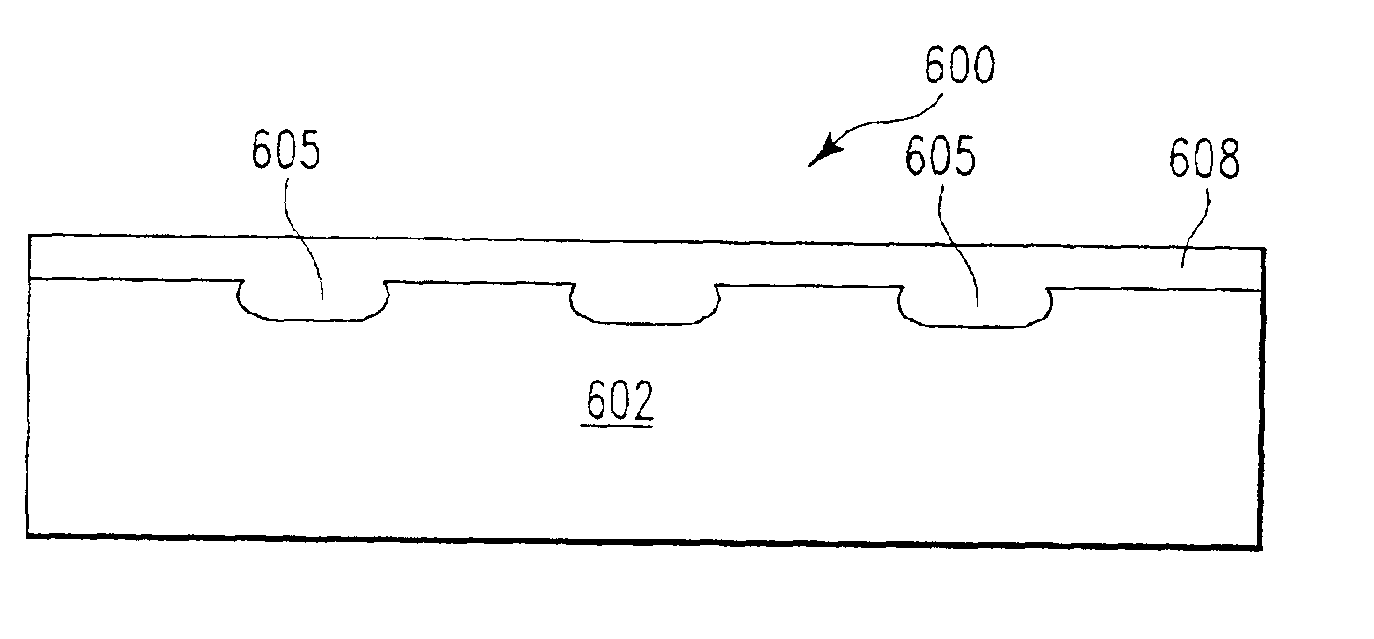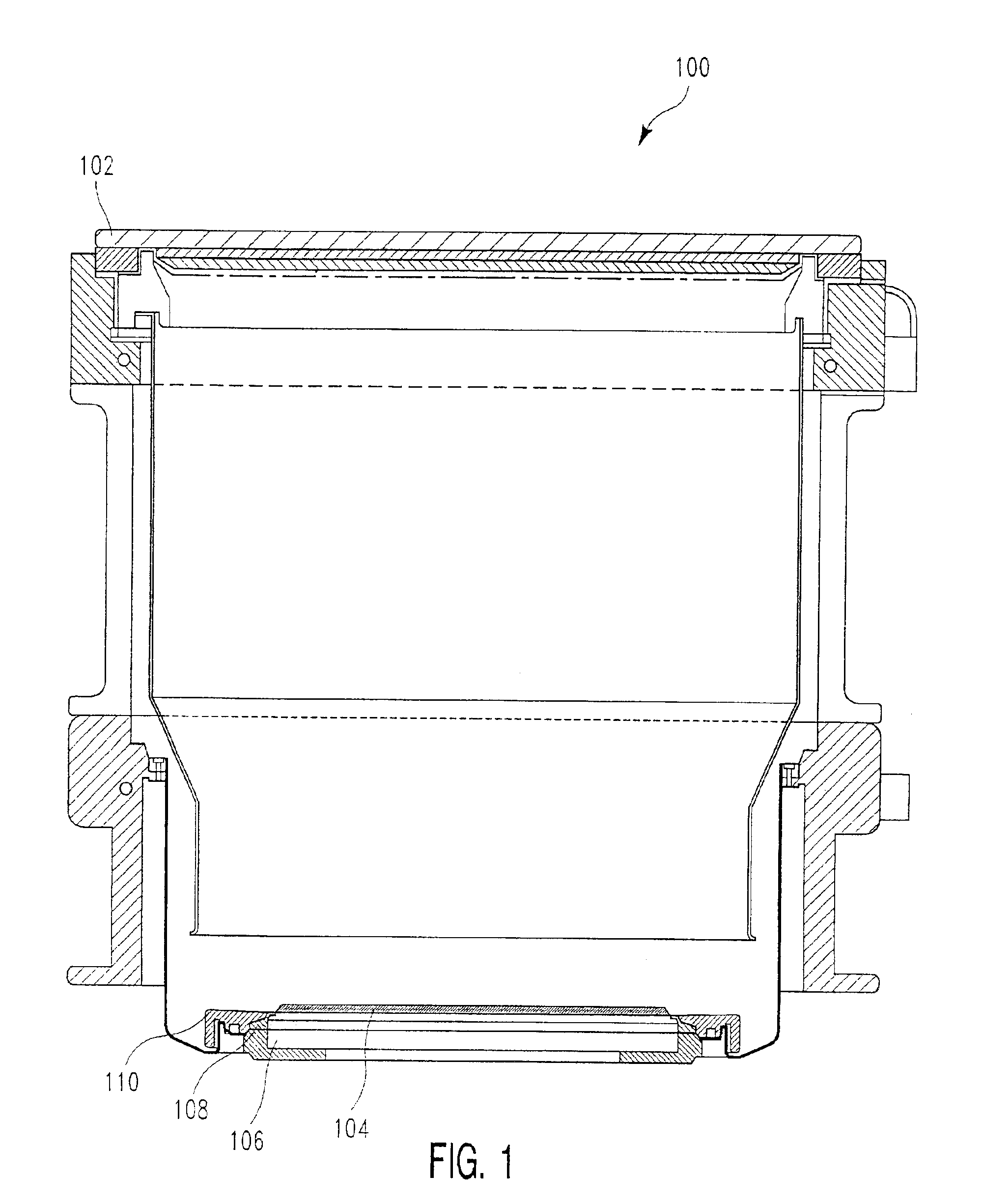Reusable ceramic-comprising component which includes a scrificial surface layer
a ceramic surface and scrificial surface technology, applied in the direction of metallic material coating process, diaphragm, chemical vapor deposition coating, etc., can solve the problems of high resistance of tantalum to chemical etchants and is not easily removed by conventional means, so as to achieve effective roughening of ceramic surfaces, reduce microcracking and other damage, and reduce the effect of microcracking
- Summary
- Abstract
- Description
- Claims
- Application Information
AI Technical Summary
Benefits of technology
Problems solved by technology
Method used
Image
Examples
Embodiment Construction
[0020]Disclosed herein is a method of roughening a ceramic surface by forming mechanical interlocks in the ceramic surface by chemical etching, thermal etching, or using a laser micromachining process. The method is applicable for promoting adherence of an overlying layer to an underlying ceramic surface for use in semiconductor processing chambers. To illustrate the invention, applicants describe the invention with reference to use in a physical vapor deposition (PVD) chamber. The ceramic surface has mechanical interlocks formed therein by chemical etching, thermal etching, or laser micromachining. Exemplary processing conditions for performing the method of the invention are set forth below.
[0021]As a preface to the detailed description, it should be noted that, as used in this specification and the appended claims, the singular forms “a”, “an”, and “the” include plural referents, unless the context clearly dictates otherwise.
I. Method of Roughening a Ceramic Surface
[0022]The pres...
PUM
| Property | Measurement | Unit |
|---|---|---|
| thickness | aaaaa | aaaaa |
| thickness | aaaaa | aaaaa |
| angle | aaaaa | aaaaa |
Abstract
Description
Claims
Application Information
 Login to View More
Login to View More - R&D
- Intellectual Property
- Life Sciences
- Materials
- Tech Scout
- Unparalleled Data Quality
- Higher Quality Content
- 60% Fewer Hallucinations
Browse by: Latest US Patents, China's latest patents, Technical Efficacy Thesaurus, Application Domain, Technology Topic, Popular Technical Reports.
© 2025 PatSnap. All rights reserved.Legal|Privacy policy|Modern Slavery Act Transparency Statement|Sitemap|About US| Contact US: help@patsnap.com



